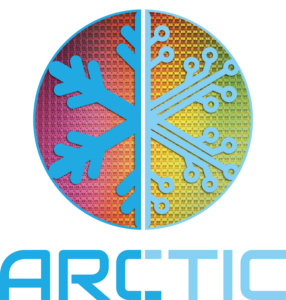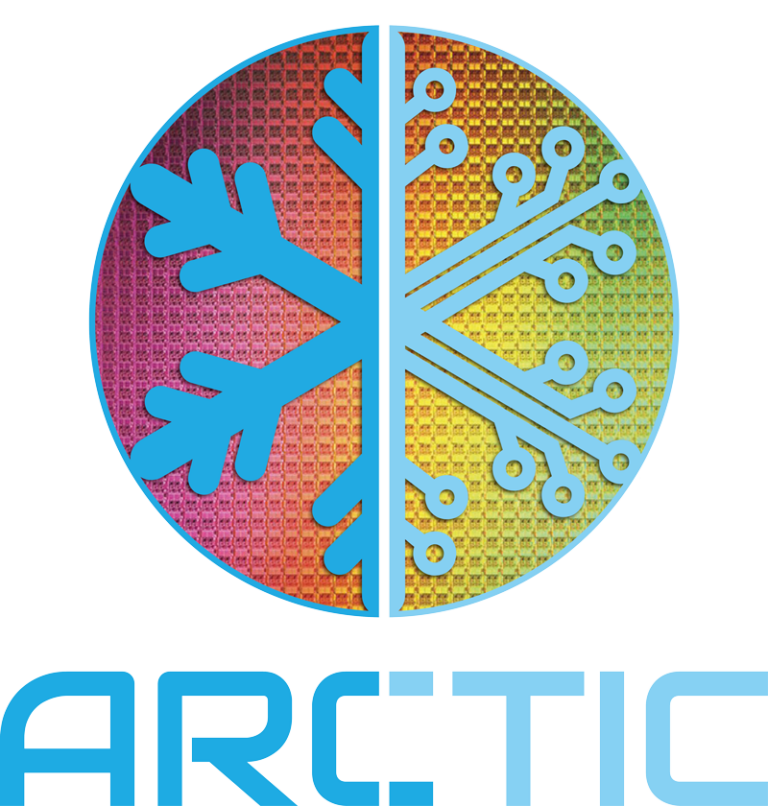Multi-scale physics and data driven modelling of cryogenic technologies
When approaching deep-cryogenic temperatures, new physical phenomena become apparent that are not relevant at room temperature. Therefore, they are often neglected in traditional material and device models used in Technology Computer Aided Design (TCAD) or Process Development Kits (PDKs). Furthermore, the principal semiconductor equations used in these models often cause problems with respect to numerical resolution when approaching cryogenic temperatures.
Material modelling:
We will use machine learning (ML) potentials for efficient production of disordered models with the accuracy and physical realism of DFT calculations. These models will then be used to rapidly produce a large database of amorphous structures and interfaces. ML will provide insights into defect processes and allow the extraction of parameters like defect charging and formation processes by scanning for vital structural motifs in disordered structures in a way not computationally feasible with standard DFT methods. These electronic structure calculations will be combined with non-equilibrium Green’s functions (NEGF) methods to explicitly account for the effects of applied electric field and electron injection.
Cryo-TCAD solutions:
The ARCTIC partners will take existing TCAD packages as a starting point to develop a fully featured TCAD solution for cryogenic semiconductor device design and pathfinding, which would include band-tail effects and incomplete dopant models that have been calibrated against experimental data of devices characterized within the ARCTIC project. Within the project, we will also define spin-based single-qubit and two-qubit designs and perform simulations using quantum-TCAD to calculate cryogenic-temperature electrostatics, charge stability diagrams, and Rabi oscillations, accounting for realistic device layouts and materials. Depending on the outcomes of two-qubit simulations, we will consider the extrapolation to N-qubit systems. Furthermore, QTCAD simulations will be used for computer-aided design of technological defect sensors based on qubits used to identify signatures of specific technological defects relevant in the context of spin qubits.
Compact modelling and PDK development:
ARCTIC will enable advanced RF/analog cryogenic CMOS designs with ultra-low power dissipation by delivering a packaged interface in the form of PDKs. The PDKs facilitate electronic design automation by agglomerating the complete technology process including electrical behaviour and parasitics, for easy analysis of design PPA (Power, Performance and Area) and gain-bandwidth targets. State-of-the-art industrial-grade device models for FDSOI, power MOS, and BiCMOS technologies will enable cost effective circuit design taking into account the most important physical effects at cryogenic temperatures.
Machine learning algorithms for quantum-dot control:
We will develop machine learning based techniques to speed up spin qubit characterization and control. This goes beyond state of the art by demonstrating automated quantum dot spin qubit characterization and control at scale that is not possible using current approaches. Such advances will require, in addition to full automation, parallelization of qubit control actions and execution of critical operations on FPGAs in instruments. Enabling such advances will require close collaboration between control instruments and control software.


